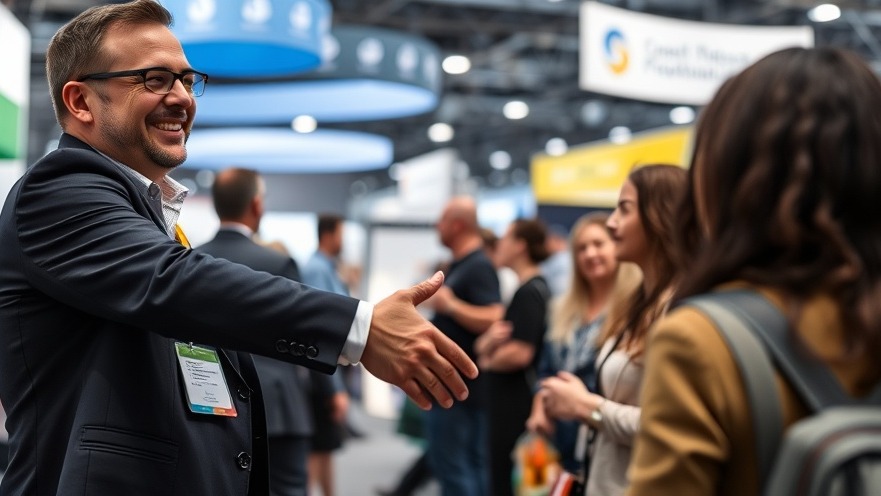
In theater, film, television, and even concerts the story unfolds within an invisible “box of four walls.” The audience looks in, observing but never really a part of the scene. Every so often, though, an actor breaks the rules, turns to the crowd, speaks directly to you, pulling you into the story. That simple act of breaking the fourth wall transforms the audience from observers into active participants in a journey. They go from watching, to existing within an experience.
Trade shows are no different. The exhibit hall is the theater. Attendees are the audience. Each booth is its own performance. Most exhibitors, unfortunately, keep their show locked safely behind the fourth wall. Banners, pipe and drape, and a six-foot table are set as the stage—but the audience walks by, barely glancing before moving on because one six foot table with two people sitting down behind it, looks the same as all the others. The cell phone on the table screams they’d rather be streaming Netflix than talking to the audience. The conversation between the two staff tells a passerby, “keep moving, we are not to be interrupted with the mundane questions you, our prospect, may have.” And sometime later, the staff will wonder why the show was a failure as the cell phone on the table lights up with a text from the boss asking how many leads they garnered or products they sold.
The real challenge, and the real opportunity, is to break that fourth wall. To get people to stop, interact, and engage. To shift from observer, to participant. Just like in all other marketing mediums, a number of key truths apply:
Attention spans are short. You have seconds to capture interest.
Experiential Design matters. A booth should feel inviting, pulling people in instead of pushing them away. It must convey the hook and capture the mind in an instant. “Why am I here?” needs to be answered for the prospect in a glance and combined with an invitation to stay. It must be architected for engagement and lead capture.
People matter most. Booth staff are the performers. Their body language, posture, and energy are the script. If they’re buried in a phone, feeling aloof, chatting non-stop with other staff or appearing less than engaged with prospects, the show might as well be over before it begins.
When staff are trained, they see 86% higher conversion rates and 50% higher ROI when integrated with pre- and post-show marketing campaigns. Programs like Flourish for Growth train exhibitors, sponsors, and shows to master this art—before, during, and after the event.
Theater audiences remember the moment when the actor looks them in the eye and speaks directly. Trade show attendees remember the booths that made them feel like part of the story. That’s how you stop them from rolling past. On average, it takes less than 3 seconds for someone to stroll by a 10x10 booth. But that is the moment we have to start them on the journey to becoming customers, partners, and advocates. Don’t waste them.
 Add Row
Add Row  Add
Add 
Write A Comment